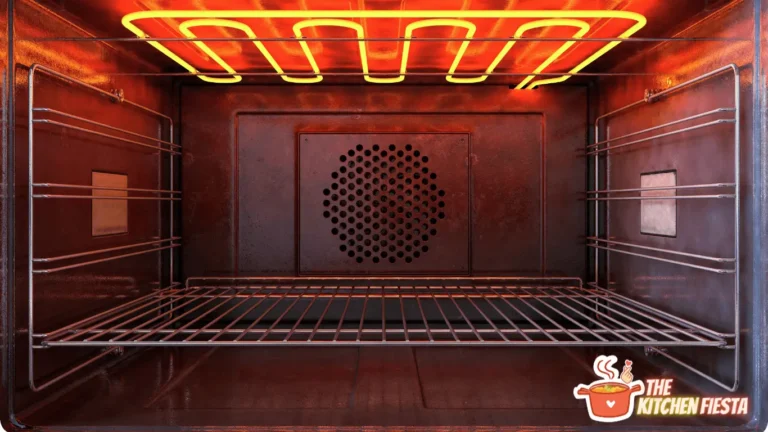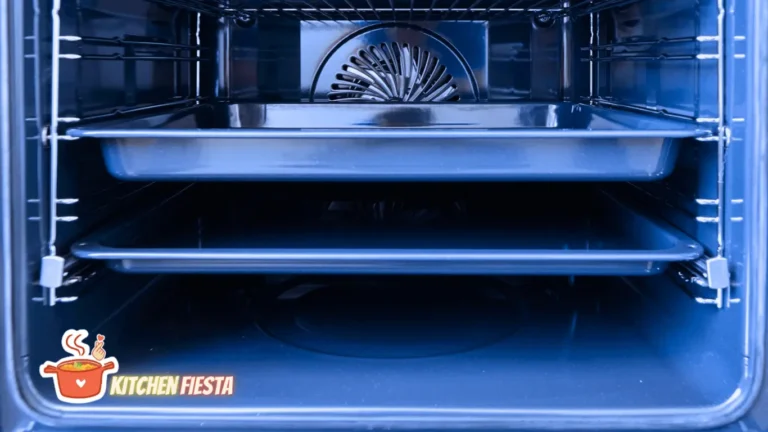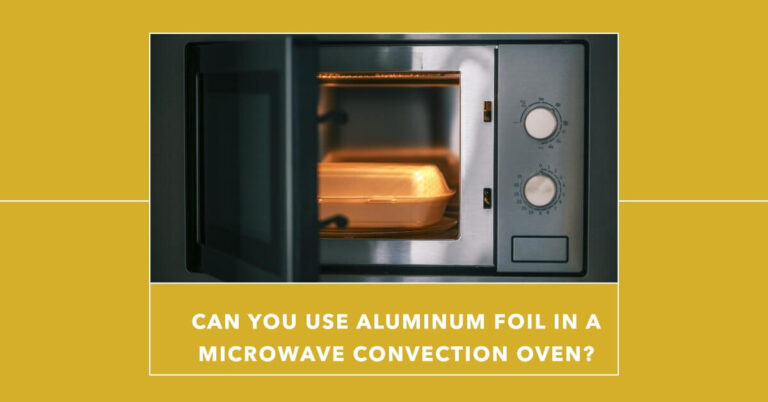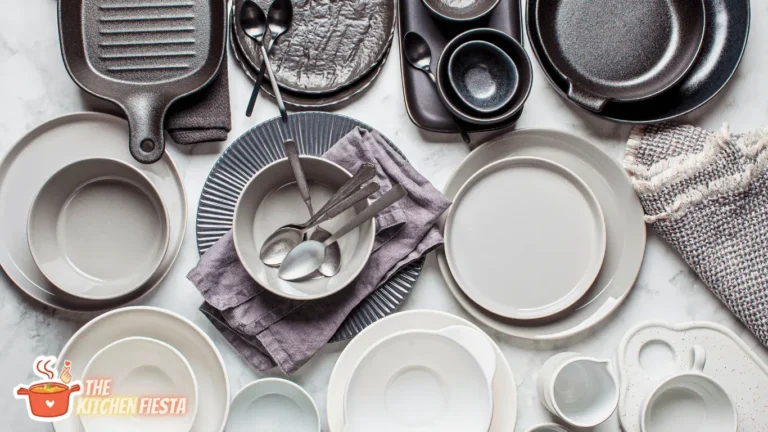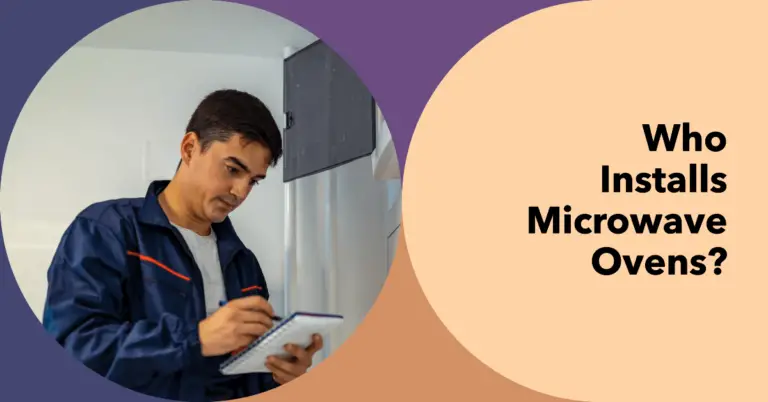Is a Microwave Oven the Same as a Microwave? Understanding the Key Differences
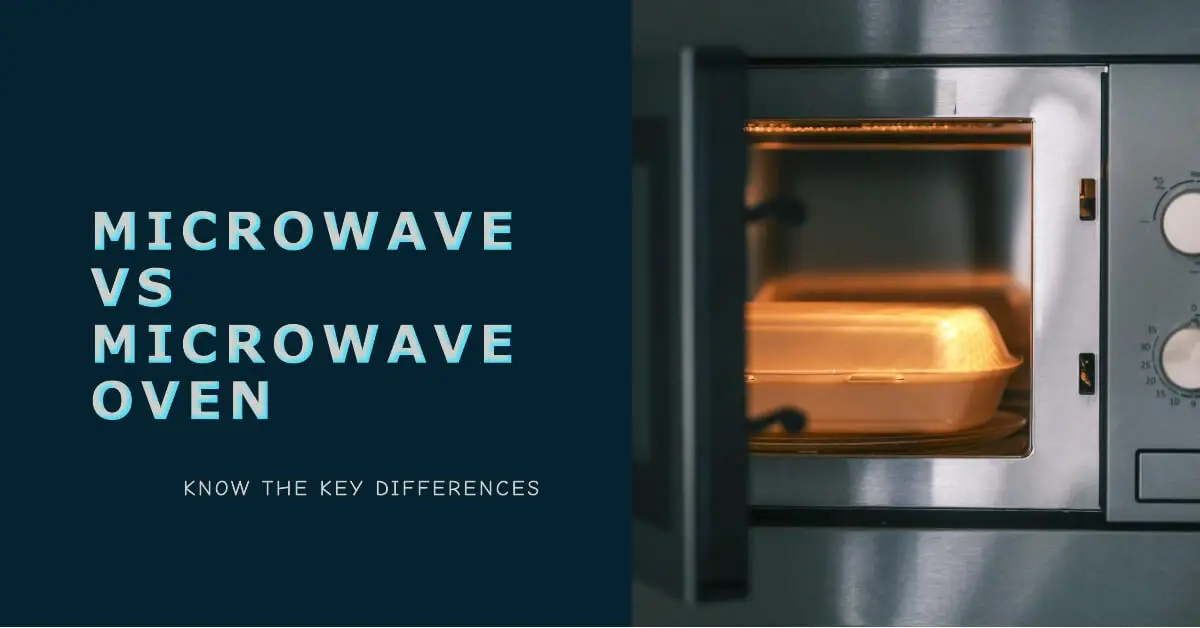
Whether you’re outfitting your first kitchen or are a seasoned home chef, you’ve likely asked yourself about the differences between a microwave oven and a traditional oven. Are they the same thing? Which is better for cooking your favorite meals?
The short answer is no—a microwave oven and a traditional oven are not the same. While both are kitchen appliances used for cooking, they use completely different methods to heat and cook food. Microwave ovens utilize microwave radiation to quickly cook and reheat foods from the inside out, while traditional ovens rely on dry heat from electric coils or gas burners to slowly cook food from the outside in. They each have their own advantages and best uses.
In this detailed guide, we’ll cover everything you need to know about the distinct mechanisms and capabilities of microwave ovens versus standard ovens. You’ll learn how each one works, their relative strengths and weaknesses, which tasks they excel at, and how to leverage both appliances together in your kitchen if possible. Let’s explore the key differences between these popular cooking appliances.
What is a Microwave Oven?
First, let’s start with a quick microwave oven definition. A microwave oven is a kitchen appliance that utilizes microwave radiation to quickly cook, reheat, and defrost foods. Microwave ovens contain a device called a magnetron that generates microwaves. These microwaves interact with the food molecules, causing them to vibrate rapidly and generate heat through molecular friction. This heats the food from the interior outwards.
The major advantages of microwave ovens include:
- Speed – Microwaves can reheat leftovers or cook certain foods far more quickly than conventional ovens.
- Convenience – No preheating is required; just pop food directly in the microwave oven.
- Simplicity – Microwaves have simple controls and are easy for anyone to operate.
- Compact size – Countertop models fit in small kitchens.
However, there are some downsides to consider:
- No browning or crisping of foods
- Can cook unevenly
- Limited capacity
- Not suitable for many cooking methods
Overall, microwave ovens excel at reheating, defrosting, popping popcorn, cooking veggies, melting butter or chocolate, and preparing convenience foods. But they can’t match the versatility of a full-size oven.
What is a Traditional Oven?
Now let’s look at what a standard oven is. Traditional ovens utilize dry heat from electrical heating elements or gas burners to cook food. The intense dry heat cooks by searing the exterior of foods which then conducts heat inward towards the center.
There are a few different types of traditional ovens:
- Standard ovens – The most common type, they use heating coils or gas burners to heat the interior oven cavity.
- Convection ovens – Have a fan that circulates hot air for faster, more even cooking.
- Toaster ovens – A small countertop version of a standard oven.
No matter the style, all ovens rely on confined dry heat. The major benefits include:
- Excellent browning and crisping
- Very versatile for baking, roasting, broiling, etc.
- Large capacity
- Wide temperature range
The downsides are mainly:
- Slow preheating required
- Slower cooking times overall
- Higher energy use
- Heat can escape upon opening
In general, traditional ovens excel at baking, roasting meats and veggies, broiling, making pizza, frying, and any recipe requiring crisping or browning. Their all-around versatility can’t be matched by a microwave.
Key Differences Between Microwaves and Ovens
Now that we’ve covered the basics of each appliance, let’s zoom in on the key differences between microwave ovens and traditional ovens:
Heating Mechanisms
- Microwave ovens use microwave radiation, a form of electromagnetic radiation, to vibrate food molecules and generate internal heat.
- Traditional ovens use electric or gas heating elements to heat the surrounding air, which then cooks the exterior of the food.
Cooking Direction
- Microwave ovens cook food from the inside out.
- Traditional ovens cook food from the outside in.
Speed
- Microwave ovens can reheat or cook foods significantly faster than ovens.
- Ovens require preheating and tend to cook foods more slowly.
Browning and Crisping
- Microwave ovens provide very limited to no browning or crisping of foods.
- Ovens excel at providing desirable browning and crisping through dry heat.
Versatility
- Microwave ovens are only suitable for certain limited cooking methods.
- Ovens offer great versatility across many cooking applications.
Comparing Cooking Capabilities
Given those key differences, microwave ovens and traditional ovens each excel in different cooking scenarios. Here is a detailed breakdown of the best uses for each appliance:
Best Uses for Microwave Ovens
Microwave ovens work best for:
- Reheating leftovers or precooked foods
- Defrosting frozen foods
- Cooking vegetables, especially dense veggies like potatoes or squash
- Making popcorn
- Melting butter, chocolate, or cheese
- Warming premade baked goods
- Heating water for coffee or tea
- Cooking convenience foods like frozen dinners, canned soups, oatmeal, etc.
The quick cooking times and interior heating make microwave ovens ideal for these tasks.
Best Uses for Traditional Ovens
Traditional ovens truly shine when you need to:
- Bake cakes, cookies, breads, casseroles – Anything with batter or dough
- Roast meat and poultry – Excellent crisping and caramelization
- Broil steak, chops, or fish – Direct high heat for fast searing
- Make pizza – Crisp crust and melted cheese
- Fry foods like french fries, chicken wings, eggrolls – Crisp exterior
- Roast vegetables – Caramelized flavors
- Bake pasta dishes or lasagnas – Bubbly, browned cheese
Ovens provide the steady dry heat necessary for the Maillard reactions and caramelization that make foods truly delicious. Their versatility can’t be beat.
Uses Where They Overlap
There are a handful of cases where both microwaves and ovens can work well:
- Cooking some meats like boneless chicken breasts, pork chops, or meatloaf
- Cooking casseroles either made from scratch or premade frozen
- Making popcorn – Though the microwave gives better results
For these tasks, the microwave will be quicker while the oven may develop more flavor. You can decide based on your time constraints.
Microwave and Oven Combos
There are also convection microwave oven combo models available. These unite the rapid cooking of microwaves with the browning capabilities of a traditional oven.
A convection microwave oven uses a heating element and fan to circulate hot air around the food at the same time the microwave cooks it. This allows for accelerated cooking times with crisping and browning.
The convection setting is ideal for:
- Crisping the exterior of meats, baked goods, appetizers, etc.
- Baking cakes, cookies, and breads
- Browning cheesy casseroles or side dishes
- Roasting vegetables
This gives added versatility to microwave-only models. Just be sure to follow manufacturer’s instructions for ideal results, as combining the technologies requires adjusting cook times.
Choosing Between a Microwave and Oven
So when outfitting your kitchen, should you choose a microwave or an oven? Here are some factors to consider when making the decision:
Your Cooking Needs
What do you cook most often? Simple reheating and defrosting? Complex baking and roasting? Make your choice based on required capabilities.
Available Space
A typical microwave is compact. Ovens take up more real estate. Measure your layout.
Budget
Microwaves are more affordable. Full-size ovens have a higher starting cost.
Willingness to Pre-Heat
Microwaves offer instant-on convenience. Ovens require preheating time.
If reheating and convenience are your main needs, it makes sense to choose a microwave as your primary appliance. But if you love to cook from scratch and want maximum versatility, an oven is likely the better investment.
Ideally having both a microwave and oven allows you to reap the unique benefits of each!
Using Microwaves and Ovens Together
Rather than viewing microwave ovens and traditional ovens as rivals, it’s best to see them as complementary cooking partners. Each brings something special to the kitchen. Here are tips for leveraging both appliances:
- Use the microwave to quickly defrost foods before finishing in the oven
- Microwave meats, veggies, or baked goods to speed initial cooking then use the oven’s heat to crisp and brown exteriors
- Cook casseroles in the microwave to reduce baking time later in the oven
- Warm plates and cups in the microwave before serving food fresh from the oven
- Microwave high-moisture ingredients like onions or garlic before adding to an oven recipe
Just be mindful of food safety practices, like refrigerating foods again if they sit out after microwaving. Used together, microwaves and ovens can help you cook delicious meals more efficiently.
Final Takeaways on the Differences
In summary, while microwave ovens and traditional ovens may seem interchangeable, they operate very differently and each offer unique advantages:
- Microwave ovens utilize electromagnetic waves to deliver fast, convenient cooking tailored to reheating, defrosting, and limited cooking tasks.
- Traditional ovens rely on dry heat to achieve ideal caramelization and crisping across a wide range of cooking methods not possible in the microwave.
Understanding these differences allows you to leverage both appliances for quicker, well-rounded cooking. Use your microwave to reheat leftovers or boil water for pasta to cut down on time. Then rely on your oven’s steady heat for perfectly crispy roasted chicken or melt-in-your-mouth chocolate chip cookies. With the powers of radiation and convection combined, you’ll unlock the full potential of your kitchen!

